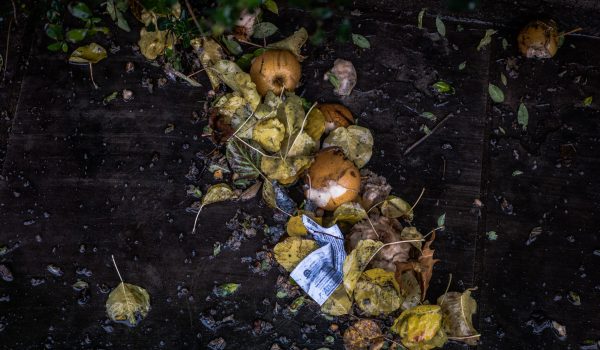A Movement to Less Waste: Australia’s National Food Waste Strategy
Food waste is a global challenge that has a 19huge economic, social and environmental impact. It costs the Australian economy approximately $20 billion a year. In 2016, the Government of Australia convened a food waste summit to develop a national waste strategy.
To support the initiatives in the strategy, the Australian Government with the territories and states have provided $1 million in funding to support an independent governance body who will develop implementation plans and establish a commitment program. The Government has also committed $370,000 to the National Food Waste Environment Science Program.
National Food Waste Strategy
The National Food Waste Strategy provides a framework that supports different collective action to halve Australia’s food waste by 2030. It is in line with the United Nation’s Sustainable Development Goal 12, which is to ensure sustainable production and consumption patterns. It also outlines Australia’s obligation under the United Nations Framework Convention on Climate Change. The country will help reduce greenhouse gas emissions through the diversion of food waste from landfill.
Australia has highly sophisticated and well-developed approaches to the way it manufactures, produces, distributes and sells food. These approaches create a profitable and productive agribusiness and food industry. The country has a significant amount of work targeting food waste, and it is making a difference regionally, locally and nationally. The waste strategy was set to be delivered within 24 months.
Food waste challenge
Globally, approximately one billion tonnes of food produced for human consumption goes to waste each year. In Australia, $20 billion is lost to the economy through food waste and about 2.2 million tonnes of food goes to waste each year.
Food waste occurs in primary production, processing and manufacturing, distribution, retail, households and food service. These occur in instances such as product loss due to pests, spoilage due to inadequate temperature control and confusion over “use-by” and “best-before” date labelling in households.
The Australian Government is investing over $10 million to support research on reducing waste through organisations such as Cooperative Research Centres, Food and Agribusiness Growth Centre and AgriFutures Australia. These organisations support each other to develop higher-value products from converted or retrieved food waste.
Meeting the challenge
The National Food Waste Strategy adopts a circular economy approach that follows a food waste hierarchy and seeks to capture food waste as a resource. The more successfully this is done, the less food waste goes to landfills.
The Waste Hierarchy includes: avoid, reuse, recycle, reprocess, energy recovery and disposal. The most preferred method is avoidance done through education campaigns and packaging initiatives. The least preferred method is disposal, where waste goes to landfills and sewers.
Industrial rubbish removal at Grasshopper
Do you own a food manufacturing business? Contribute to Australia’s National Food Waste Strategy with us. At Grasshopper, we offer different waste management services such as industrial rubbish removal in Sydney. We are a family-owned business with over three decades of experience in the industry. We value on-site efficiency, environmental responsibility, timely services and reporting.
Get in touch with us here or call us on 1300 147 299.

